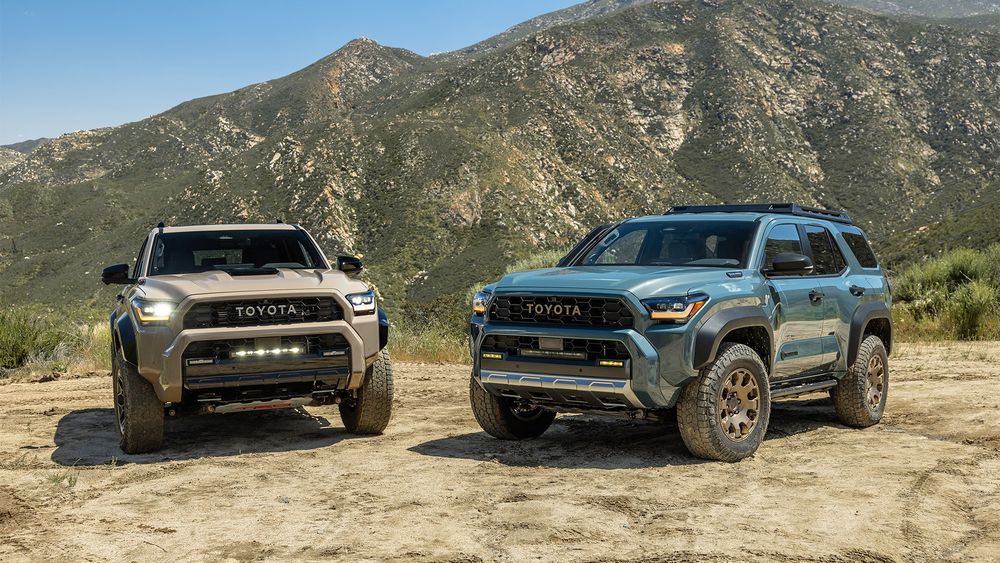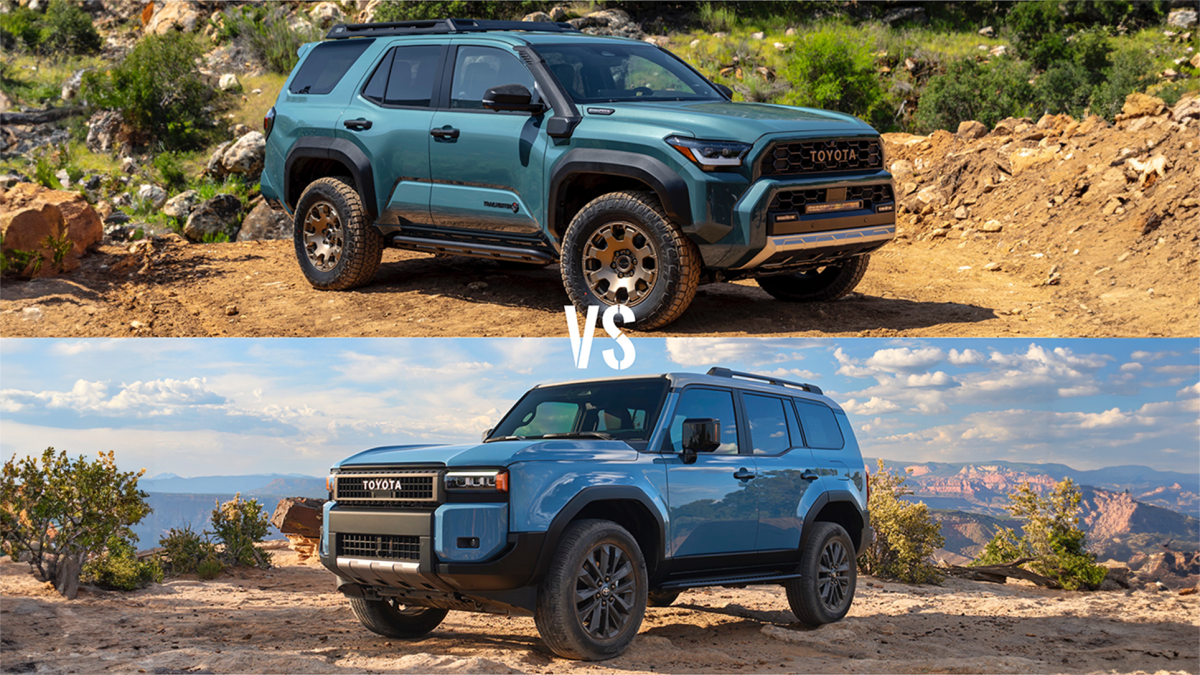The Toyota 4Runner has been a symbol of rugged reliability and off-road prowess for decades. As the world shifts gears toward sustainability, the automotive industry is undergoing a revolutionary transformation, and Toyota is leading the charge. With its commitment to reducing carbon emissions, the question arises: Is the 2025 Toyota 4Runner going electric?
An electric 4Runner wouldn’t just be a step forward for Toyota but a leap into the future of eco-conscious off-road adventures. Let’s explore Toyota’s vision, the potential of an electrified 4Runner, and what this means for the environment.
Toyota’s Push for Sustainability
Toyota has long been at the forefront of green innovation, starting with the Toyota Prius, the world’s first mass-produced hybrid vehicle. The company has set ambitious goals to reduce its carbon footprint, pledging to achieve carbon neutrality by 2050.
• Electrification Goals: By 2025, Toyota aims to offer electrified versions of every model in its lineup, including hybrids, plug-in hybrids, and fully electric vehicles.
• Environmental Impact: The switch to electric vehicles (EVs) could drastically reduce the automotive sector’s contribution to greenhouse gas emissions, which currently accounts for about 20% of global emissions.
For more on Toyota’s sustainability initiatives, visit the official Toyota Environmental Challenge 2050 page.
Why an Electric 4Runner Makes Sense
1. Reducing Carbon Footprint
The current gas-powered Toyota 4Runner emits significant CO2 during its lifetime, especially given its off-road focus and larger engine. Switching to an electric or hybrid powertrain could:
• Cut CO2 Emissions: Electric vehicles produce zero tailpipe emissions, making them cleaner for the planet.
• Support Climate Goals: An electrified 4Runner aligns with global efforts to combat climate change and reduce air pollution.
2. Enhanced Off-Roading with EV Technology
Electric motors offer instant torque, which is a game-changer for off-road driving. Features like e-terrain modes and regenerative braking could redefine off-road adventures.
3. Catering to Eco-Conscious Buyers
Consumers are increasingly prioritizing sustainability. An electric 4Runner would appeal to environmentally aware adventurers who want a capable SUV without the guilt of polluting the planet.
What Could the 2025 Electric 4Runner Look Like?
Performance and Powertrain
While there’s no official announcement, the 2025 4Runner could feature:
• Dual Electric Motors: Providing enhanced power and torque for off-road capabilities.
• Solid-State Battery Technology: Toyota is investing heavily in this next-gen technology, which promises faster charging times and longer ranges.
Range and Charging
For long off-road trips, range is crucial. A fully electric 4Runner would likely target a range of 250-300 miles. Toyota could include:
• Fast-charging capabilities for 80% battery in under 30 minutes.
• Regenerative braking for extended range on trails.
Design and Features
• Aerodynamic Touches: Redesigned grille or a closed front fascia typical of EVs.
• Smart Tech: Enhanced connectivity with a larger touchscreen and wireless Apple CarPlay/Android Auto.
• Safety Innovations: Upgraded Toyota Safety Sense 3.0 for maximum driver and passenger security.
Challenges of an Electric 4Runner
1. Off-Road Limitations
While EVs offer instant torque, their heavy batteries could impact off-road agility. Toyota would need to balance weight and capability.
2. Charging Infrastructure
Off-road adventures often take you far from charging stations. Expanding charging networks in remote areas will be critical.
3. Cost
EVs generally cost more upfront. Toyota will need to strike a balance between innovation and affordability to make the 4Runner electric a viable option for consumers.
Toyota’s Track Record with Green Vehicles
Toyota’s success with the bZ4X SUV, its first fully electric model, demonstrates its ability to deliver eco-friendly vehicles without compromising performance. As it expands its EV lineup, the 4Runner could follow the bZ4X’s example in combining sustainability with capability.
For a closer look at Toyota’s electric vision, check out the bZ4X Official Page.
Impact on the Environment
The environmental benefits of an electric 4Runner extend far beyond reducing emissions:
• Cleaner Air: EVs eliminate tailpipe emissions, improving air quality, especially in urban areas.
• Reduced Noise Pollution: Electric vehicles are quieter, making off-road excursions less disruptive to wildlife.
• Lower Dependence on Fossil Fuels: By shifting to electricity, the 4Runner could help decrease reliance on non-renewable resources.
According to a study by the International Energy Agency (IEA), electric vehicles produce up to 50% fewer lifecycle emissions than traditional gas-powered vehicles.
FAQs
1. Will the 2025 Toyota 4Runner be electric?
While not confirmed, Toyota could introduce a hybrid or fully electric version in line with its sustainability goals.
2. What would be the range of an electric 4Runner?
An electric 4Runner could target a range of 250-300 miles with advanced battery technology.
3. How would an electric 4Runner perform off-road?
With instant torque, adaptive suspension, and regenerative braking, it could excel on rugged terrains.
4. When will Toyota release an electric 4Runner?
While no official date has been announced, experts predict an electric 4Runner could debut by 2026 or later.
5. Why is Toyota focusing on EVs?
Toyota’s focus on EVs aligns with its commitment to sustainability, reducing emissions, and meeting global climate goals.
Conclusion
Toyota’s vision for the 4Runner’s electrification isn’t just about keeping up with industry trends—it’s about redefining what a capable, eco-conscious SUV can be. Whether it’s hybrid or fully electric, the future of the 4Runner promises to combine the ruggedness fans love with the sustainability the planet needs.
As the world embraces green technology, the 4Runner’s electrification could pave the way for a new era of adventure without compromise. Stay tuned for updates as Toyota’s journey toward a greener future unfolds.


